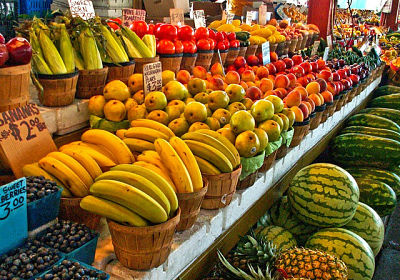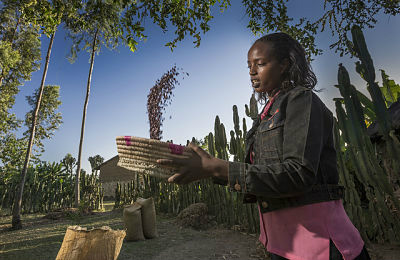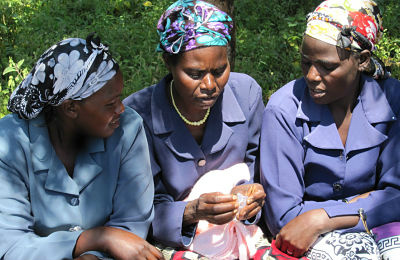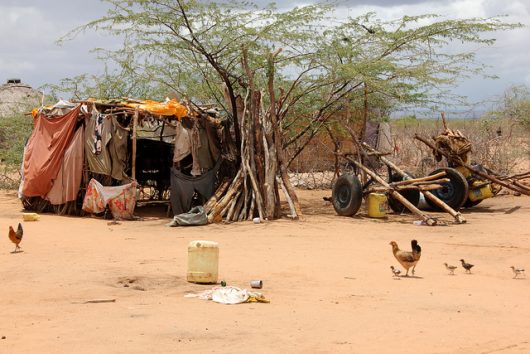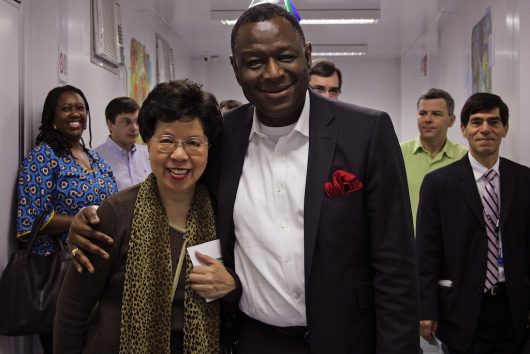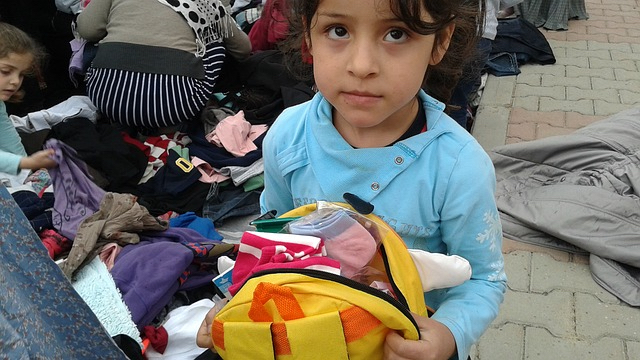
Home to roughly 79,300 people, Andorra is a tiny principality located in the mountainous region between France and Spain. Although the principality joined the Council of Europe and the United Nations, it is not an official member of the European Union. Despite this, Andorra maintains a special relationship with the European Union, and, today, supports the common policy for refugees that the European Union has established. Here are 10 facts about Andorra refugees:
- The principality works directly with the European Union in matters of solidarity.
- Andorran Foreign Minister Gilbert Saboya has stated that the principality works with representatives from the European Union to create a screening and security process which will accommodate only 40 refugees.
- Andorra agreed to assist refugees for strictly humanitarian reasons. However, the municipality stated that it guarantees no official protections.
- A political asylum plan is not a priority of the local government, and is by no mean, an “action plan.” Instead, Andorra plans to support the common policy of the European Union.
- Currently, an individual must reside in Andorra for 15 years before they may apply for citizenship.
- Current opposition parties are working on legislation which would allow an individual to apply for citizenship before a period of 15 years.
- In order for anyone to obtain Andorran citizenship, an exam must be taken in the national language of Catalan. Geography and history questions are included on the exam.
- According to the most recent World Data information, the Andorran government received zero asylum applications.
- The United Nations High Commissioner for Refugees recommended that Andorra “accede to the 1951 Convention relating to the status of refugees and its 1976 Protocol,” and “establish a refugee status determination procedure which is fully gender and age sensitive.”
- The United Nations High Commissioner for Refugees also recommends that Andorra “accede to the 1954 Convention relating to the Status of Stateless Persons and the 1961 Convention on the Reduction of Statelessness.”
Although Andorra is quite small, the reality for Andorra refugees reveals that the principality is representative of a number of countries who have yet to commit to providing asylum. Should the Andorran government continue to work directly with the European Union on this matter, refugee asylum may be in the foreseeable future.
– Shannon Golden
Photo: Pixabay
